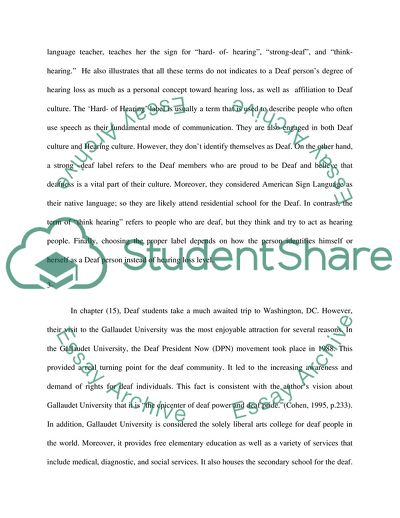Cite this document
(American Sign Language, Deaf Education Assignment, n.d.)
American Sign Language, Deaf Education Assignment. https://studentshare.org/social-science/1849202-deaf-education-and-culture
American Sign Language, Deaf Education Assignment. https://studentshare.org/social-science/1849202-deaf-education-and-culture
(American Sign Language, Deaf Education Assignment)
American Sign Language, Deaf Education Assignment. https://studentshare.org/social-science/1849202-deaf-education-and-culture.
American Sign Language, Deaf Education Assignment. https://studentshare.org/social-science/1849202-deaf-education-and-culture.
“American Sign Language, Deaf Education Assignment”. https://studentshare.org/social-science/1849202-deaf-education-and-culture.


